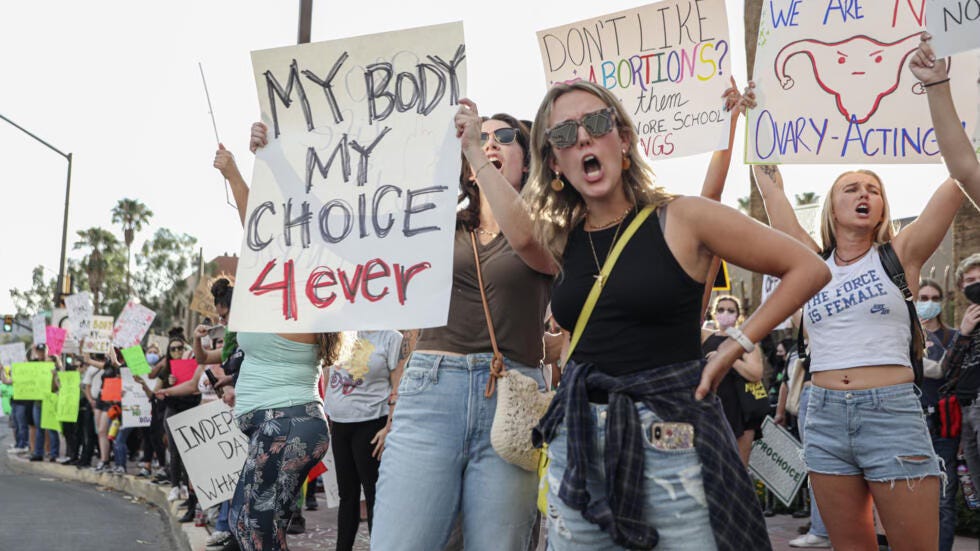Back to 1864
Arizona's Abortion Ban Sparks Outrage

On April 9th, the Arizona Supreme Court made a monumental decision that drastically alters the landscape of abortion access, potentially setting a precedent for the wider US Southwest region. The court's ruling to enforce a near-total abortion ban from 1864 propels Arizona into the epicenter of a national debate, possibly shaping it as a key battleground in the 2024 electoral arena over abortion rights.
This law, a vestige of the pre-statehood era, had lain dormant for decades, overshadowed by the Roe v. Wade decision. Its reactivation marks a significant shift, highlighting a legal regression that resonates with broader concerns about the erosion of women's rights in recent years. The ruling, allowing the antiquated ban to take effect "prospectively" after a 4-2 decision, includes a temporary 14-day stay, offering a crucial, albeit brief, opportunity for legal challenges and advocacy.
In the wake of this ruling, Arizona's Attorney General Kris Mayes took a definitive stand against this outdated legislation, ensuring that neither doctors nor women would be prosecuted under the 1864 law. While Arizona currently allows abortions up to 15 weeks of pregnancy, the full enforcement of this archaic law would severely criminalize abortion assistance, with no exceptions for rape or incest, only permitting abortions if the woman's life is at risk.
The ruling's ramifications extend far beyond legal statutes, potentially affecting vulnerable populations the most. Low-income women and families, who already face significant barriers to accessing healthcare, might find themselves disproportionately impacted, navigating even greater obstacles to obtain reproductive health services. This raises critical questions about social justice and equity in healthcare access.
Moreover, the prospect of Arizona's electorate directly engaging in the abortion debate come November introduces a democratic dimension to this contentious issue. This potential direct vote on abortion rights underscores the complex interplay between judicial decisions, legislative actions, and public opinion, highlighting the dynamic and often volatile nature of reproductive rights discourse.
As Arizona revisits its historical legislation, it does so not in isolation but as a prominent player in a national dialogue fraught with political and social tensions surrounding women's autonomy. This development, occurring amidst a backdrop of increasing challenges to women's rights, from reproductive autonomy to participation in sports and public life, signifies a pivotal moment in the ongoing struggle for gender equality. The situation in Arizona, therefore, is more than a legal anomaly; it is a reflection of the intense struggle over women's bodies and choices, offering a stark reminder of the continuous battle for women's rights in the face of growing opposition.

